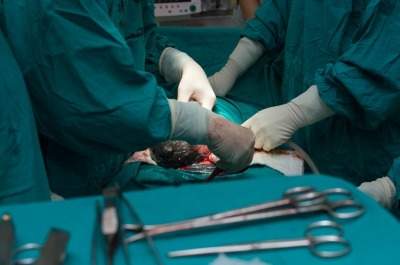
The company claims that its CompuFlo was founded to be 99% successful in objectively identifying the epidural space, even among patients with a higher body mass index.
The study, which involved four hundred patients, was conducted by researchers from the University of Miami, University of Texas and Northwestern University, and two prominent California-based pain clinics.
As per the company, the performance of epidural anesthesia is dependent on the success of identifying the epidural space. While fluoroscopy is known for its high success rates, it also exposes patients to radiation and requires appropriate radiological equipment.
Loss of resistance is subjective and consequently associated with high rates of failure and accidental dural punctures will need further treatment and interventions such as epidural blood patches.
CompuFlo comes with a new Dynamic Pressure Sensing technology that differentiates tissue types by pressure signatures at the tip of the needle that are usually not recognizable by touch. This allows the instrument to identify location and to discriminate between true and false loss of resistance objectively and in real-time.
Data from this study claims to have confirmed that CompuFlo is safe and can act as an effective alternative to the current standards of care. The instrument can help avoid radiation exposure to patients, compared to fluoroscopy and has showed greater accuracy when compared to loss of resistance.
The trial had also found that the CompuFlo’s procedure time was the same as the current standard of care. Labor and delivery epidurals performed with CompuFlo resulted in no accidental dural punctures, compared to four dural punctures with loss of resistance.
Milestone Scientific interim CEO Leonard Osser said: “We are committed to providing anesthesiologists and pain physicians technology that has the potential to improve success rates, reduce complications and lower costs. The findings of this clinical trial by five independent providers validates the CompuFlo epidural instrument as a safe, proven alternative to loss of resistance and fluoroscopy.”






